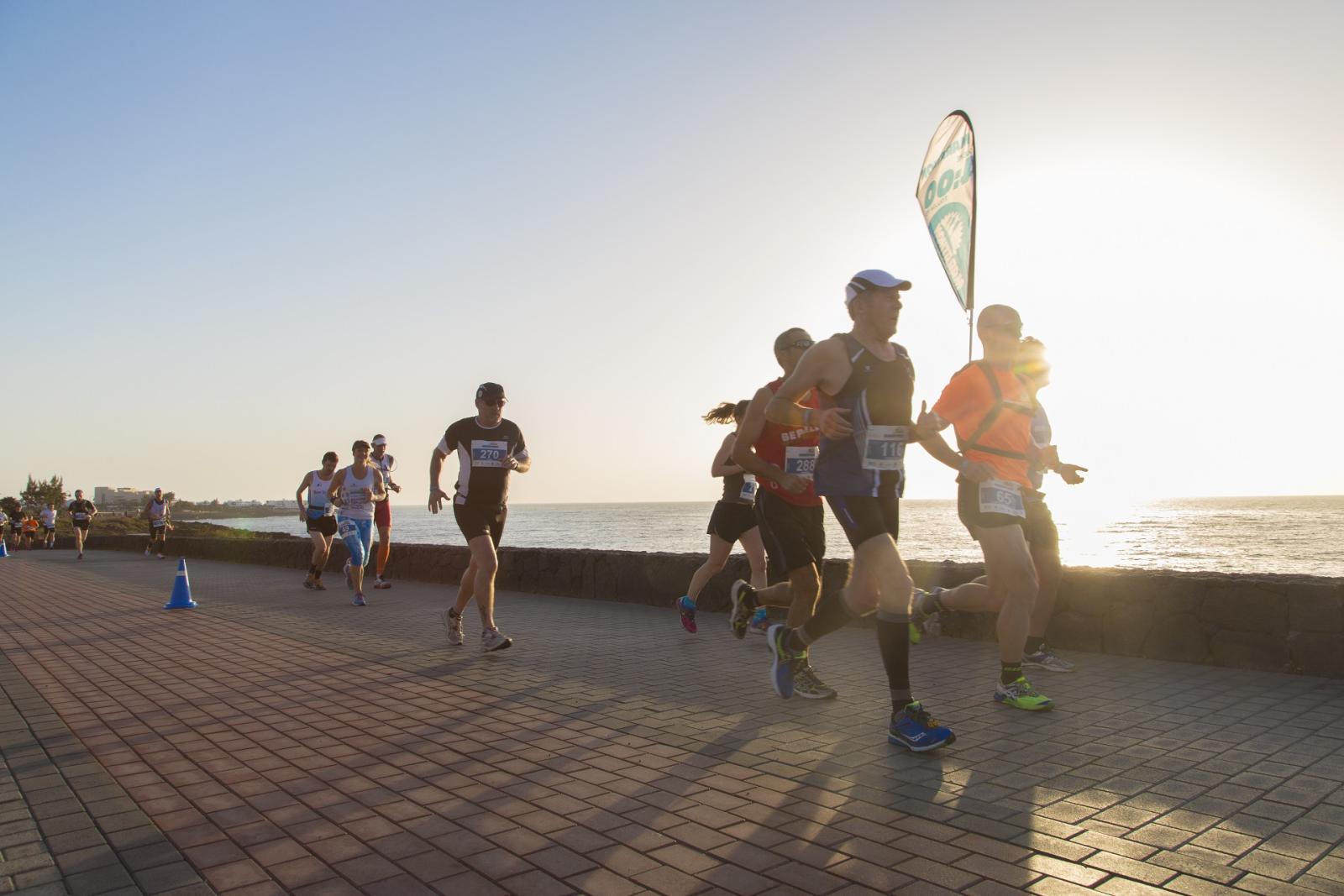Celebrity athletes like Rafael Nadal and triathlete Antón Ruanova deal with dehydration and cramp by drinking filtered sea water and numerous studies hold thatthalassotherapyaids sports recovery. For centuries, humankind has looked to the sea and its curative properties as a source of health.

Allied with training and recovery
The Greek poet Euripides knew what he was talking about when he said that “seawater cures all man’s ills”.
He would surely have agreed that the Canary Islands area magnificent destination where elite athletes can come to train and recover. Medicinal, mineralised waters packed with nutrients, sea breezes full of mineral salts and negative ions, and endlesssunshinewith countless benefits, combine to fill you with the energy you need to tackle your next challenge.
It is a well-known fact that long sunny days boost serotonin, a neurotransmitter that allows us to enjoy restful sleep andlifts the mood, supporting mental health and helping us to overcome difficulties.

Sun and sea breezes mean happiness
The sun is a major source of vitamin D, which helps the body to absorb calcium to give us strong bones. It also makes us product endorphins - the so-called happiness hormones - that relieve pain and produce a feeling of wellbeing.
Sea breezes cleanse the lungs and improve their functioning due to their high content of mineral salts. They aid breathing and reduce respiratory diseases and the symptoms of conditions like asthma. They also carry iodine, a natural bactericide that helps to cure respiratory and ocular diseases.
Training in the sea can also improve physical fitness. For example, it helps to build endurance and work the muscles, improving the circulation and strengthening the bones.
The sun is a magnificent source of vitamin D, which helps with calcium absorption, and endorphins, the so-called happiness hormones

Benefits of training in the sea
Currents, waves, and tides are challenging for swimmers, building endurance, and improving athletic performance. These phenomena force the muscles to work harder and perform better by working the joints and muscles of the body.
Training in salt water also reduces the risk of injury. Water is one of the best media for exercise due to its shock-absorbing properties and low impact on the joints and muscles when compared with training on other surfaces. What’s more, salt water is denser than fresh water, so the risk of injury is even lower.
Because it is easier to float, saltwater allows swimmers to adopt the right position, keeping the spine in place more precisely.
Currents, waves, and tides are challenging for swimmers, building endurance, and improving athletic performance.

Swim in a Marine Reserve
The Canary Islands are one of the few places in the world where you can train at the highest level in a Marine Reserve. What could be more pleasurable?
We are talking about the Punta de La Restinga - Mar de Las Calmas Marine Reserve, on an island that is also a Global Biosphere Reserve: El Hierro.
The Mar de las Calmas is special because 95% of its transparent waters are calm almost year-round and have a stable temperature, which is around 21-23° in early autumn.
It also hosts one of the most popular swimming trials in the Canaries: the Las Calmas Crossing, with a route along the south-eastern coast of the island through the Mar de Las Calmas, between the Orchilla lighthouse and La Restinga, before reaching Tifirabein Tacorón and the heart of the Reserve, the Bay of Naos.
It’s no surprise that the seas around the Canary Islands are a magnet for anyone wanting to work on their sporting performance, and the jewel in the crown of a destination that is a dream come true for even demanding professional athletes.


